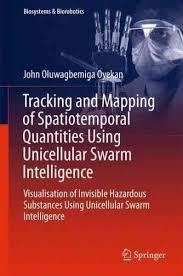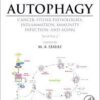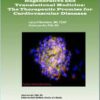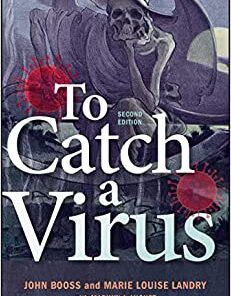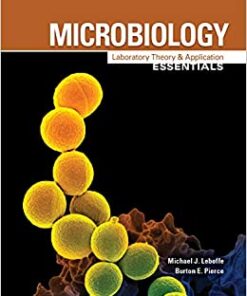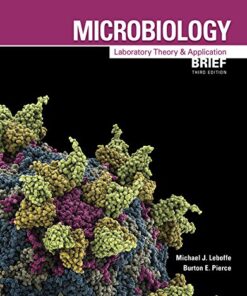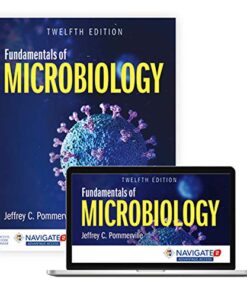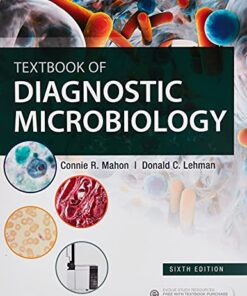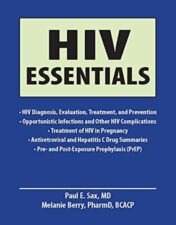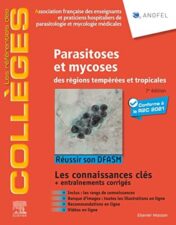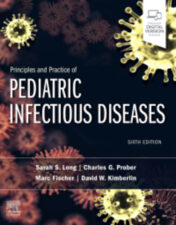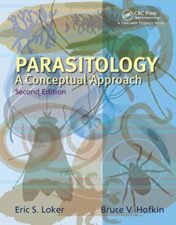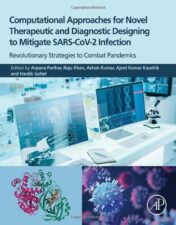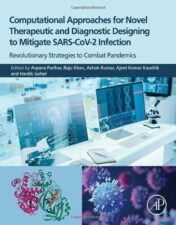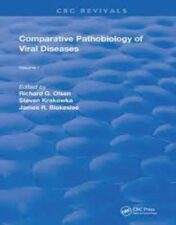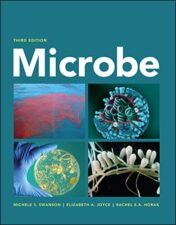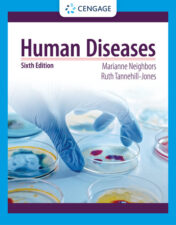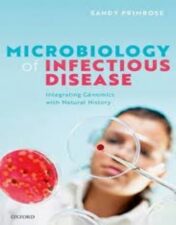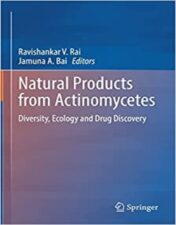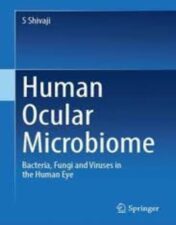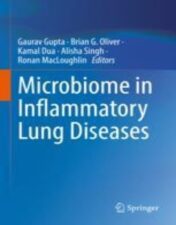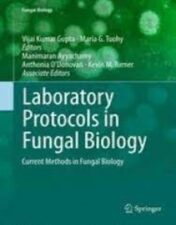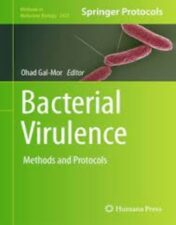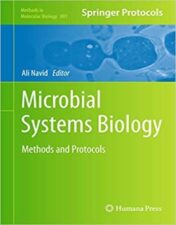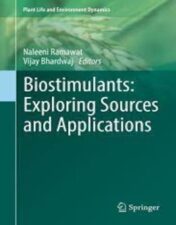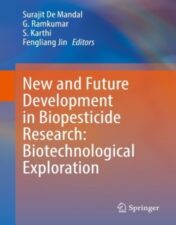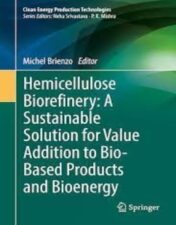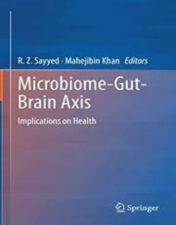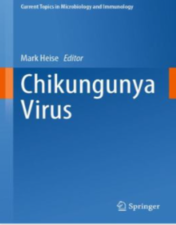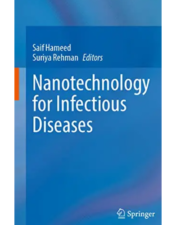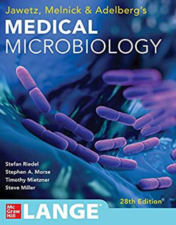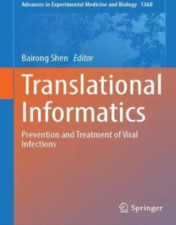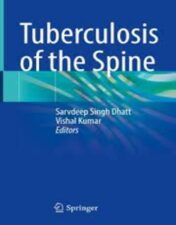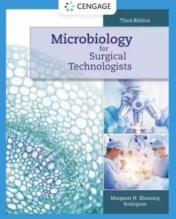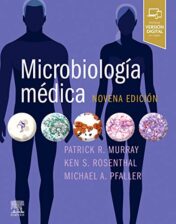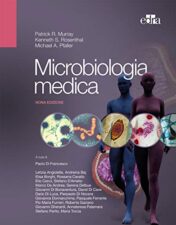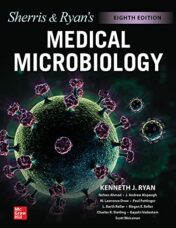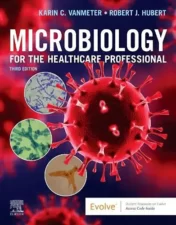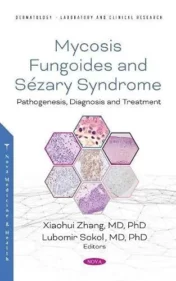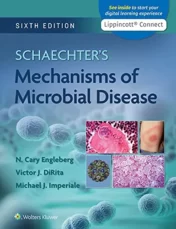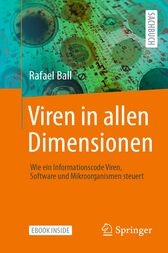- File Size: 6034 KB
- Print Length: 194 pages
- Publisher: Springer; 1st ed. 2016 edition (December 18, 2015)
- Publication Date: December 18, 2015
- Language: English.
Type : PDFNote : We will send ebook download link after confirmation of payment via paypal success
Payment methods: Visa or master card (Paypal)
Tracking and Mapping of Spatiotemporal Quantities Using Unicellular Swarm Intelligence:
$22
by John Oluwagbemiga Oyekan (Author)
-
- The book discusses new algorithms capable of searching for, tracking, mapping and providing a visualization of invisible substances. It reports on the realization of a bacterium-inspired robotic controller that can be used by an agent to search for any environmental spatial function such as temperature or pollution. Using the parameters of a mathematical model, the book shows that it is possible to control the exploration, exploitation and sensitivity of the agent. This feature sets the work apart from the usual method of applying the bacterium behavior to robotic agents. The book also discusses how a computationally tractable multi-agent robotic controller was developed and used to track as well as provide a visual map of a spatio-temporal distribution of a substance. On the one hand, thisbook provides biologists and ecologists with a basis to perform simulations related to how individual organisms respond to spatio-temporal factors in their environment as well as predict and analyze the behavior of organisms at a population level. On the other hand, it offers robotic engineers practical and fresh insights into the development of computationally tractable algorithms for spatial exploratory and mapping robots. It also allows a more general audience to gain an understanding of the design of computational intelligence algorithms for autonomous physical systems.
-
Tracking and Mapping of Spatiotemporal Quantities Using Unicellular Swarm Intelligence
by John Oluwagbemiga Oyekan (Author)
Product Details |
Related Products
Basic Sciences Books
Textbook of parasitic zoonoses (Microbial Zoonoses) (Original PDF from Publisher)
Basic Sciences Books
Basic Sciences Books
To Catch A Virus, 2nd Edition (ASM Books) (Original PDF from Publisher)
Basic Sciences Books
Microbiology: Laboratory Theory & Application, Essentials (Original PDF from Publisher)
Basic Sciences Books
Bloodborne and Airborne Pathogens, 8th Edition (Original PDF from Publisher)
Basic Sciences Books
Microbiology: Laboratory Theory & Application, Brief 3e (Original PDF from Publisher)
Basic Sciences Books
Fundamentals of Microbiology, 12th Edition (Original PDF from Publisher)
Basic Sciences Books
Textbook of Diagnostic Microbiology, 6th Edition (Original PDF from Publisher)
Microbiology Books
Microbiology Books
Microbiology: The Human Experience, 2nd edition 2021 Original PDF
Microbiology Books
Parasitology: A Conceptual Approach, 2nd Edition 2022 Epub+converted pdf
Microbiology Books
Parasitology: A Conceptual Approach, 2nd Edition 2022 Original PDF
Microbiology Books
Microbiology Books
Microbiology Books
Parasitology: An Integrated Approach, 2nd Edition 2022 Original PDF
Microbiology Books
Microbiology Books
Microbiology Books
Microbiology Books
Microbiology Books
Fields Virology: RNA Viruses Seventh Edition 2022 Epub+Converted PDF
Microbiology Books
Macrophages in the Human Body: A Tissue Level Approach 2021 Original pdf
Microbiology Books
Fungal Biotechnology Prospects and Avenues: Prospects and Avenues 2022 Original PDF
Microbiology Books
Microbiology Books
Human Ocular Microbiome Bacteria, Fungi and Viruses in the Human Eye 2022 Original pdf
Microbiology Books
Microbiology Books
Application of Microbes in Environmental and Microbial Biotechnology 2022 Original pdf
Microbiology Books
Molecular Systematics of Parasitic Helminths 2022 Original pdf
Microbiology Books
Fungal diversity, ecology and control management 2022 Original pdf
Microbiology Books
Microbiology Books
Life After Death: What Happens to Your Body After You Die? 2022 Original pdf
Microbiology Books
Microbiology Books
Microbiology Books
Microbial Systems Biology Methods and Protocols 2022 Original pdf
Microbiology Books
Biostimulants: Exploring Sources and Applications 2022 Original pdf
Microbiology Books
Extremophilic Fungi Ecology, Physiology and Applications 2022 Original pdf
Microbiology Books
Microbiology Books
Microbiology Books
Microbiology Books
Microbiome-Gut-Brain Axis Implications on Health 2022 Original pdf
Microbiology Books
Innovations in Environmental Biotechnology 2022 Original pdf
Microbiology Books
Mycobacterium ulcerans Methods and Protocols 2022 Original pdf
Microbiology Books
Lifecycles of Pathogenic Protists in Humans 2022 Original pdf
Microbiology Books
Human microbiome clinical implications and therapeutic interventions 2022 Original pdf
Microbiology Books
Chikungunya virus current topics in microbiology and immunology 435. 2022 original pdf
Microbiology Books
Microbiology Books
Principles in Nursing Practice in the Era of COVID-19 2022 Original pdf
Microbiology Books
Automation and Basic Techniques in Medical Microbiology 2022 Original PDF
Microbiology Books
Microbiology Books
Infection, Resistance, and Immunity, Second Edition 2022 Original PDF
Microbiology Books
Review of Medical Microbiology and Immunology, Seventeenth Edition 2022 Original Pdf
Microbiology Books
Netter’s Infectious Diseases, 2nd Edition 2021 EPUB & CONVERTED PDF
Microbiology Books
Microbiology Books
Microbiology Books
Microbiology Books
Sherris. Microbiologia medica, 7e 2021 EPUB3 + Converted PDF
Microbiology Books
Microbiology Books
Microbiological Analysis of Foods and Food Processing Environments 2021 Original PDF
Microbiology Books
Ryan & Sherris Medical Microbiology, Eighth Edition 2021 Original PDF
Microbiology Books
Microbiology for the Healthcare Professional 3rd Edition 2021 True pdf
Microbiology Books
Mycosis Fungoides : Causes, Diagnosis and Treatment 2021 Original pdf
Microbiology Books
Microbiology Fundamentals: A Clinical Approach 2021 Original pdf
Microbiology Books
Clinical Microbiology Made Ridiculously Simple 8th Ed 2021 high quality pdf

